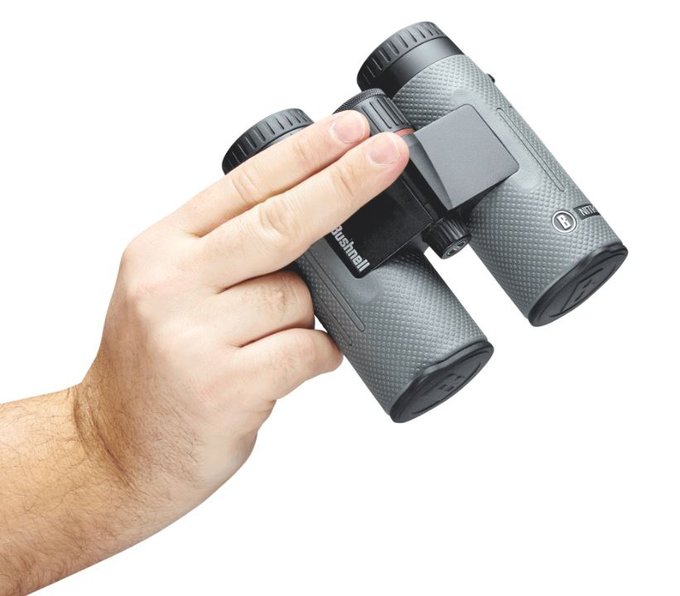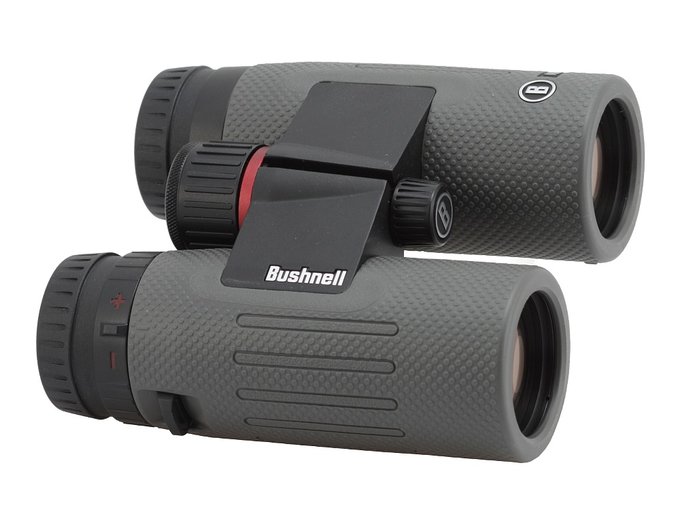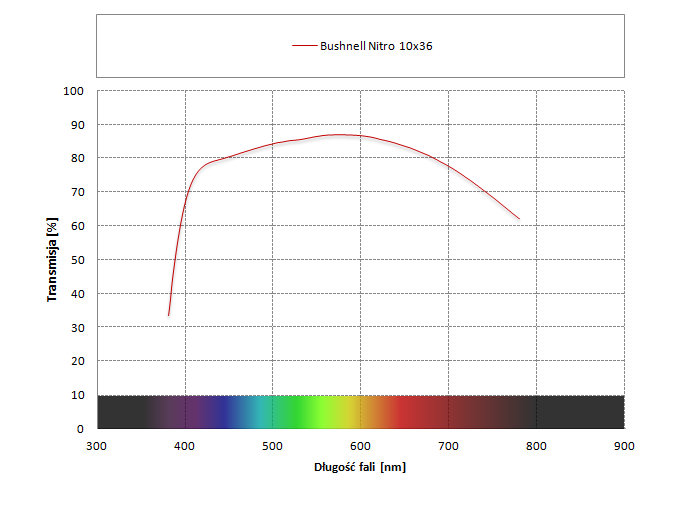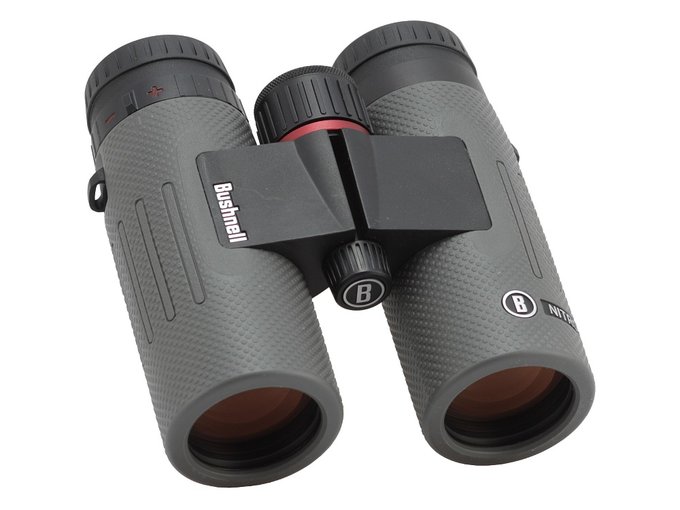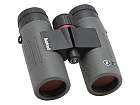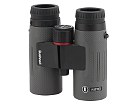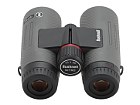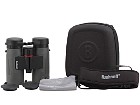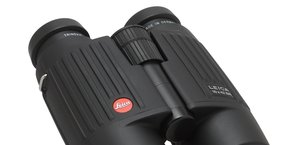| Real front lens diameter |
Left: 36+/-
0.05 mm
Right: 36+/-
0.05 mm
|
8 / 8.0 pkt |
| Real magnification |
9.75+/-
0.05x
|
3/3.0 |
| Transmission |
85.8+/-
1%
|
13/25.0 |
| Chromatic aberration |
Low in the centre, slight on the edge – a very good performance! |
7.9/10.0 |
| Astigmatism |
Corrected in a very sensible way. Images of stars are just slightly sparking.
|
7.1/10.0 |
| Distortion |
Distance of the first curved line from the field of view centre compared to the field of view radius: 38% ± 5%. It appears quickly but on the edge remains, fortunately, not especially high.
|
4/10.0 |
| Coma |
Starts in a distance of 70% of the field of view radius and is a bith higher than medium on the very edge. |
7/10.0 |
| Blurring at the edge of the FOV |
Blur occurs in a distance of 68.5% ± 4% from the field of view centre. |
2.5/10.0 |
| Darkening at the edge the FOV |
Noticeable |
3/5.0 |
| Whiteness of the image |
Slight yellow-orange hue. |
3.9/5.0 |
| Collimation |
Perfect. |
5/5.0 |
| Internal reflections |
| Left: |
Right:
|
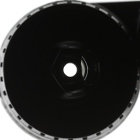 |
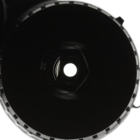 |
A lot of bright areas close to the pupil. |
2.8/5.0 |
| Housing |
Sensible dimensions for the 35-36 mm class and very handy. Comfortable to hold and to look through. Nice design. Rubber armour with distinct texture provides safe grip but it sticks out near objectives. Rubberized eyecups with 3 detention stops – they perform as they should. Made in China.
|
7.2/8.0 |
| Focusing |
Huge, ribbed central wheel which moves smoothly and is well damped even though, at some point, you can hear a noise as if there was an obstacle inside the casing. The focus throw amounts to an angle of 600 degrees. A shiftable dioptre correction ring on the right eyepiece covered by ribs. It moves the outer element.
|
4/5.0 |
| Tripod |
There is a quite comfortable exit. |
3/3.0 |
| Interpupilary distance |
from 54.9 to 73.4mm
|
4/6.0 |
| Closest focusing distance |
1.60 meters. |
2/2.0 |
| Eyepieces FOV |
Apparent field of view of 62.9 deg (according to simple formula) and 57.6 deg (according to tangent formula). |
12.5/20.0 |
| Field of view |
Measured by us amounted to 6.45 +/- 0.04 degrees and was in accordance with official specifications. A quite large field for this class of equipment.
|
7/8.0 |
| Quality of the interior of the barrels |
Interior of both tubes is dark and properly matted. Too few ribs. Dark gray bottom, some specks of dust visible but not many of them.
|
4/5.0 |
| Vignetting |
| Left: |
Right:
|
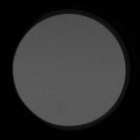 |
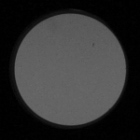 |
OL: 0.21%, OR: 0.36% |
7.5/8.0 |
| Prisms quality |
Good quality BaK-4. |
8/8.0 |
| Antireflection coatings |
Pink on objective lenses, pink-green-yellow on eyepieces, greenish on prisms. Medium intensity.
|
4.5/5.0 |
| Warranty [years] |
15 |
5/6.0 |
| Final result |
71.5%
|
135.9 / 190 pkt
|
| Econo result |
|
0pkt. |
Summary
Pros:
- shapely, handy, and stylish barrel,
- significant field of view
- very good correction of chromatic aberration
- slight astigmatism,
- sensible colour rendition,
- sharp images already from 1.6 metres,
- good quality prisms made of BaK-4 glass.
- good quality antireflection coatings on all air-to-glass surfaces
- proper blackening and cleanliness of inner tubes,
- 15-year warranty period
Cons:
- significant resolution loss on the edge of the field of view,
- a tad too bright areas close to exit pupils.
Looking at
the following chart it becomes obvious that 10x models most probably were the main idea behind the whole Nitro series. If it is true, it's a pity the producers didn't include also 10x30 and 10x50 instruments. Still, at the 250 USD price point the Nitro series really offers a lot. You deal with solid, sealed casings, fully waterproof and nitrogen purged, ED glass in objective lenses, phase correction coatings on the prisms and hydrophobic coatings on the outer elements. Such features not so long ago could be found only in the top-of-the-range, premium instruments.
Also the chart shows that differences between the 10x36 and the 10x42,
tested by us not so long ago, aren't so big. Both pairs of binoculars share the same declared field of view, eye relief, and minimum focusing distance. Of course the 10x42 model is more universal and, because of a bigger objective lens, it will perform better in worse lighting conditions. On the other hand the Nitro 10x36 is smaller and physically lighter – even if you compare it to other 35-36 mm instrumenst it seems very handy. Do both pairs of binoculars represent a similar level when it comes to mechanics and optics? Let's find out.
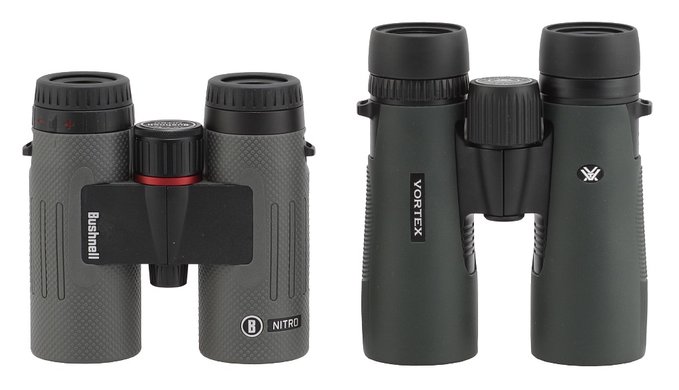
Bushnell Nitro 10x36 and Vortex Diamondback HD 10x42 |
In a nutshell both Nitro models, tested by us, fared similarly in most of testing categories but the smaller model performed a bit better in such important categories as transmission and apparent field of view.
I praised the Nitro 10x42 so, looking at the results of this test, I have to praise the 10x36 model as well, and for a very good reason. For its price it really offers a lot – if you need something smaller than the classic 10x42 this pair of binoculars might be your next favourite instrument.
The Nitro 10x36 is, like its bigger brother, a tad lighter in reality than in official specifications, weighing exactly 610 grams.
Let me repeat it: I really like the Nitro series a lot. I do regret that it doesn't feature 10x30 (or at least 10x32) and 10x50 models.

